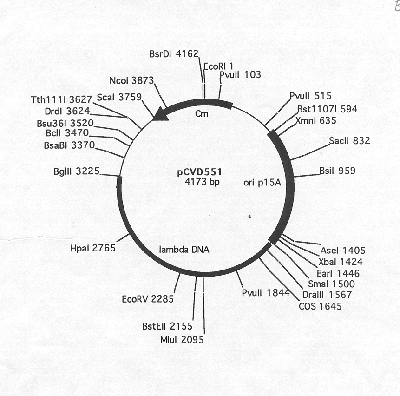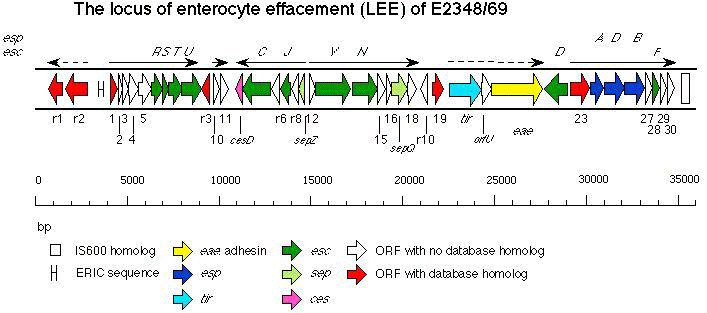Kaper Lab
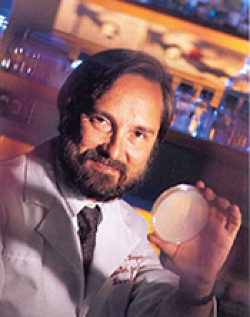
James Kaper, PhD
Principal Investigator
Research
Research in my laboratory focuses on the molecular pathogenesis of enteric bacterial pathogens. Our studies range from basic research on pathogenesis and the evolution of pathogens to applied research such as development of new vaccines and diagnostic reagents.
Three important agents of diarrheal disease are being studied: Vibrio cholerae, enteropathogenic Escherichia coli, and enterohemorrhagic Escherichia coli O157:H7. Genes encoding virulence factors such as toxins and intestinal adherence factors are cloned and mutants constructed to test the contribution of these virulence factors in cultured epithelial cells, animal models, or humans using volunteer studies at the Center for Vaccine Development.
Our work with Vibrio cholerae has resulted in a recombinant live oral cholera vaccine that has been licensed for sale in Europe and North America. Our recent studies with enteropathogenic Escherichia coli (EPEC) and enterohemorrhagic Escherichia coli O157:H7 (EHEC) have identified a 35 kb "pathogenicity island" (see figure 2). that contains all genetic information required for the "attaching and effacing" histopathology that is characteristic of infections caused by these pathogens. This histopathology is characterized by the replacement of intestinal epithelial cell microvilli with microfilamentous structures containing polymerized actin that protrude from the cell surface (see figure 1). The discovery of this pathogenicity island provides insights into how Escherichia coli O157:H7, a recently described agent of bloody diarrhea and hemolytic uremic syndrome (a.k.a "hamburger disease"), has evolved.
Figure 1
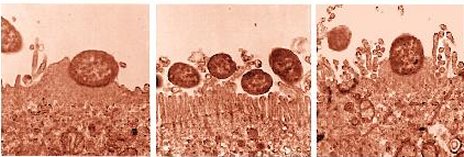
Transmission electron microscopy of cultured intestinal epithelial cells infected with wild type enteropathogenic E. coli (EPEC), E. coli K-12 or recombinant clones. Left: E. coli K-12 strain HB101 containing cloned 35 kb pathogenicity island that confers attaching and effacing histopathology. Middle: E. coli K-12 strain HB101 without cloned pathogenicity island. Right: Wild type EPEC strain E2348/69 showing attaching and effacing histopathology (McDaniel & Kaper, 1997)
Figure 2
(Elliott, et al, 1998)
Figure 3
(Trucksis, et al., 1998)
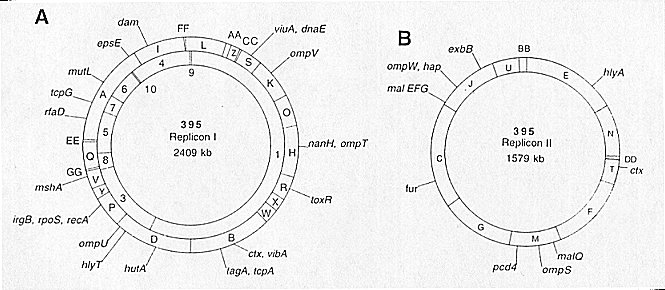
Figure 4
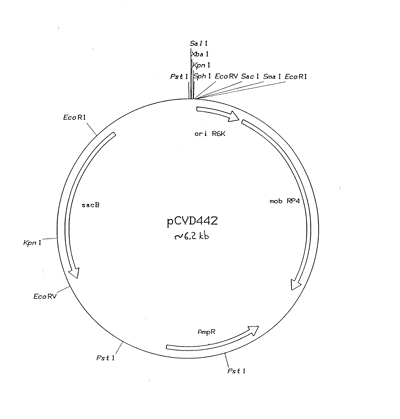
Figure 5
